Sweet Potato greens
We chose to add Sweet Potato Greens to our list because everyone loves sweet potatoes but nobody appreciates the leafy greens attached to them. This dark green leafy veggie is loaded with all sorts of integral vitamins: B6, Vitamin C, Riboflavin and more. The leaves are soft and pleasant tasty while being superior to both kale and swiss chard in terms of lack of bitterness. You can eat them raw, cook them up in a stir fry, mix into a green smoothie or even lightly saute them with some salt and olive oil. Put simply: if you haven’t used sweet potato greens and you want to get healthy while tasting great food, give ’em a shot. If you need to go to diet rehab and work on your weight loss programs, the Sweet Potato Greens will make a great addition to whatever you are trying to do.
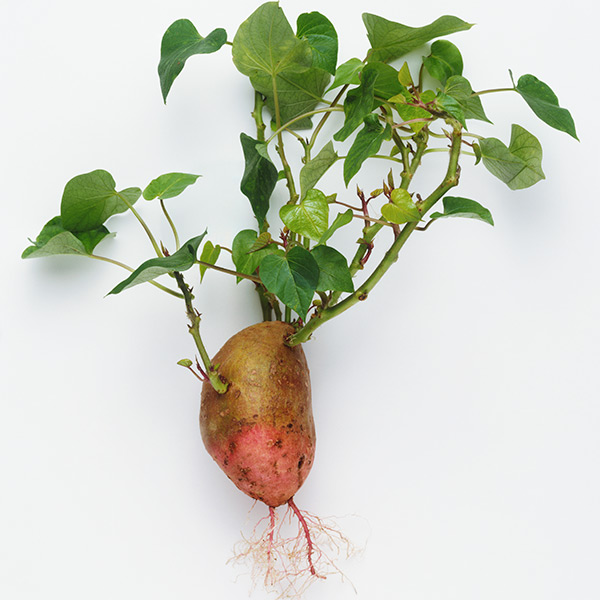
Sweet Potato Greens
Fiddleheads
The last member of our list is the Fiddleheads, or Fiddlehead Ferns. These green little treats are harvested off of a fern plant that gets curried as a vegetable. The tiny window of harvest comes at the expense of a tight growing season but the flavor and outcome is definitely work the hard work. Fiddleheads taste similar to asparagus and are easy to cook. Wash them and then saute them in butter and salt for a tasty, easy to prepare snack that won’t leave you needing a medical assistant from any kitchen mishaps.
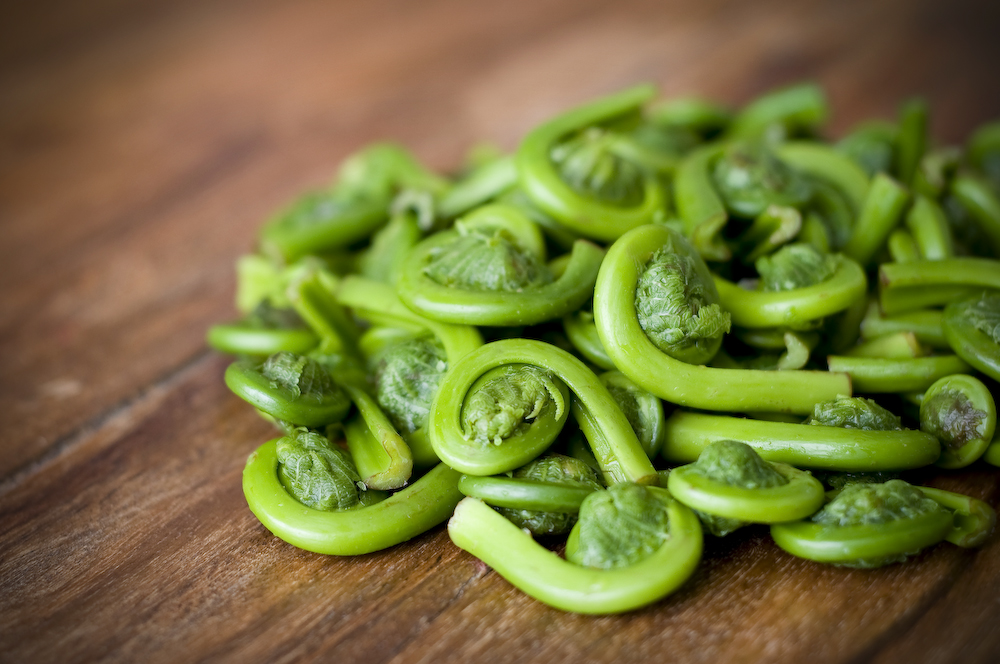
Fiddleheads
Romanesco Broccoli
If you grew up hating broccoli and fearing seeing it added to your plate then the Romanesco Broccoli vegetable probably looks like something out of a horror movie. However, for the sake of your public health education we had to profile one of Italy’s most interesting veggies. The Romanesco Broccoli, or Romanesque Cauliflower, is a flower bud that you can eat which was first found in Italy. The bulb of the veggie looks like a fractal design that used cauliflower as a base. This beautiful looking treat is filled to the brim with vitamin C, vitamin K, fiber, and carotenoids. Caretonoids are natural disease fighters which also help you feel energized while looking younger.
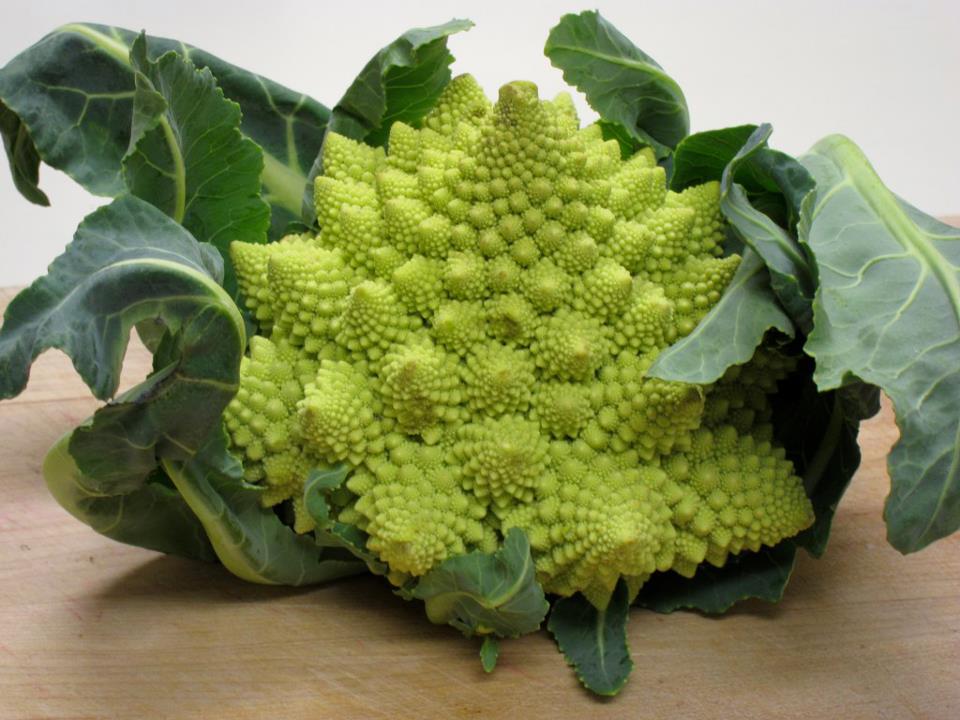
Romanesco Broccoli
Kohlrabi
This bulb shaped, lime green looking veggie can fit in the palm of your hand but it is so much better off diced up and tossed in with a roast or a salad. The Kohlrabi, otherwise known as the German’s turnip or turnip cabbage, has been gaining ground across Europe as a dietary supplement thanks to its unique blend of vitamins, minerals, and other cancer fighting abilities. While kohlrabi will taste great minced up and basked in a soup it can also be eaten completely raw, which is the best way to access its healthy properties. The taste is similar to that of a stalk of broccoli.
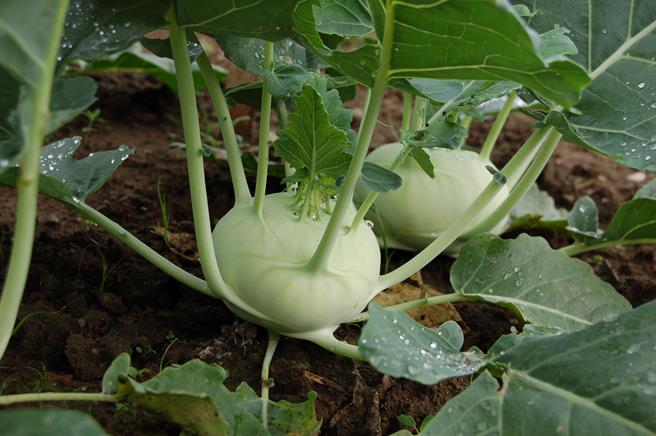
Kohlrabi
Oca
The Oca made its way to New Zealand in the early 1800’s where it was promptly nicknamed the ‘New Zealand Yam’ due to its overwhelming popularity. Oca is also natural to South America, located up in the Andes Mountains, but it can be traced all over North American as well. The Oca comes in a variety of different styles and flavors but the root veggie most closely tastes like a potato though the Oca is sweeter in flavor. In New Zealand, showcasing the flexibility of the veggie, there is an apricot version of the Oca that is grown which tastes quite like an actual apricot. Oca’s are full of vitamin C, iron and potassium and they can be used in a variety of ways common to many root vegetables.
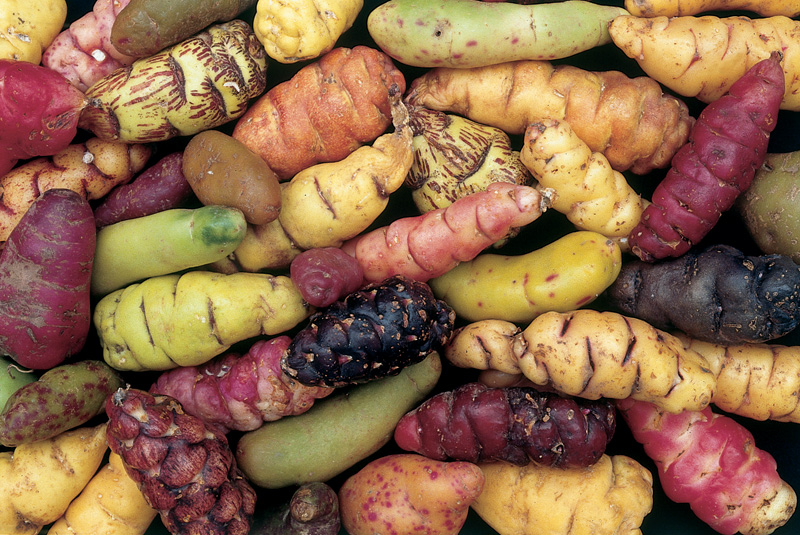
Oca
Karela
The Karela isn’t going to make its way to tables all across the United States any time soon, and for good reason. This green, bumpy textured veggie, is most similar to green squash. The skin that is so striking in terms of appearance is also filled with quinine, an element that gives the Karela it’s trademark bitter flavor. Though some people like the bitter flavor, particularly those who love Pakistani food, the bitterness can be downplayed by cooking the Karela with brown sugar. You can commonly find this odd looking veggie cooked with other veggies in a stir fry or tossed with lamb or goat. Karela has also made its way into authentic Chinese cuisine as well thanks to the flexibility of the flavor.
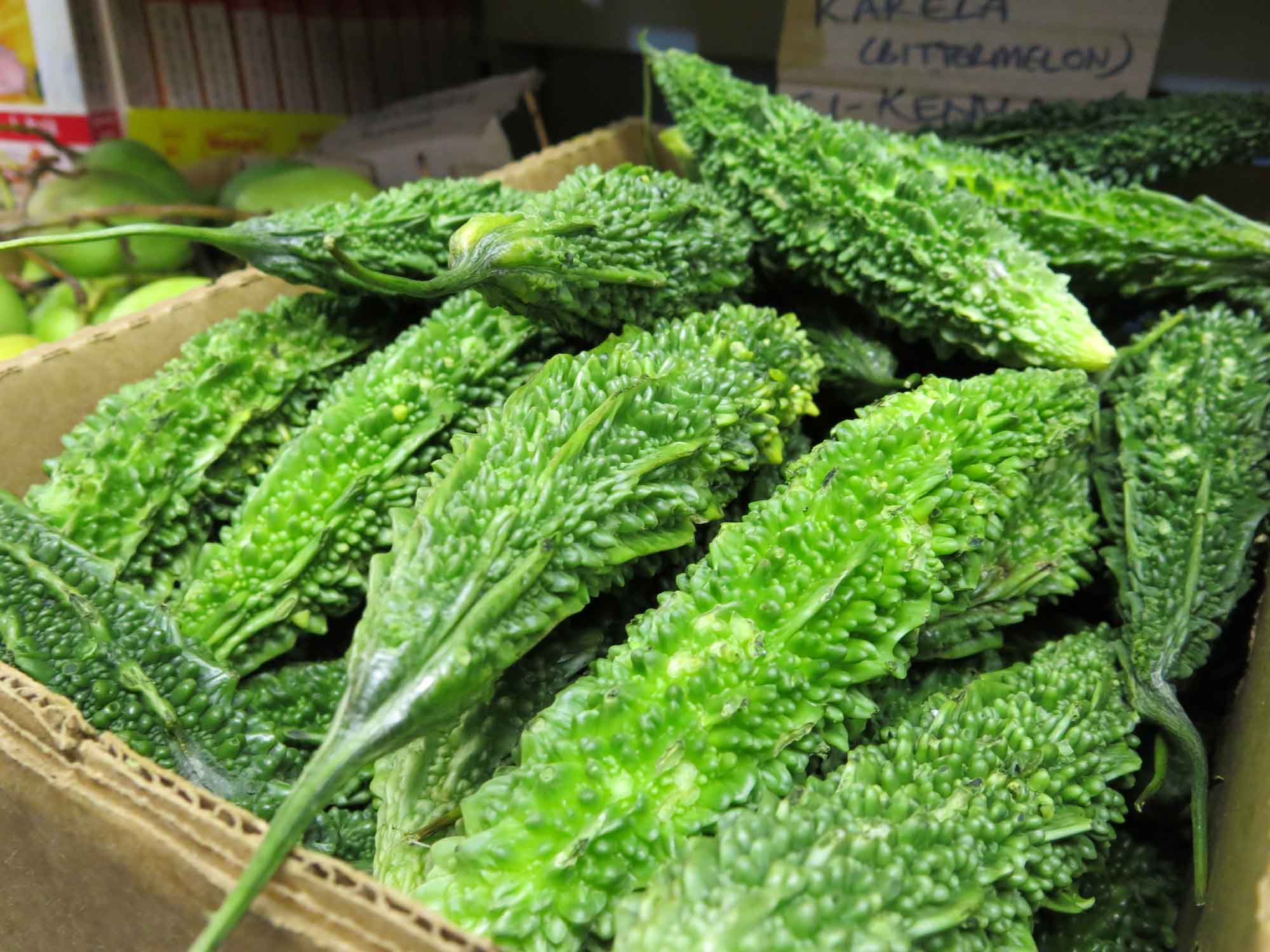
Karela
Celeriac
Root vegetables are all the rage when it comes to identifying truly bizarre treats. The Celeriac is a popular root veggie that is used extensively all over Europe. Europeans use the Celeriac much like Americans would use the potato and for that reason it makes a great seasonal replacement during the harsh winter months. Unlike the potato the Celeriac has a surprisingly small amount of starch will still keeping the robust bite and flavor. If you want to kick starch from your diet but still want those conventional potato based snacks then the Celeriac can be a perfect addition to your kitchen. You’ll also get a nice spike in dietary fiber, as is common of root veggies, so embrace the Celeriac and add it to your favorite dishes.
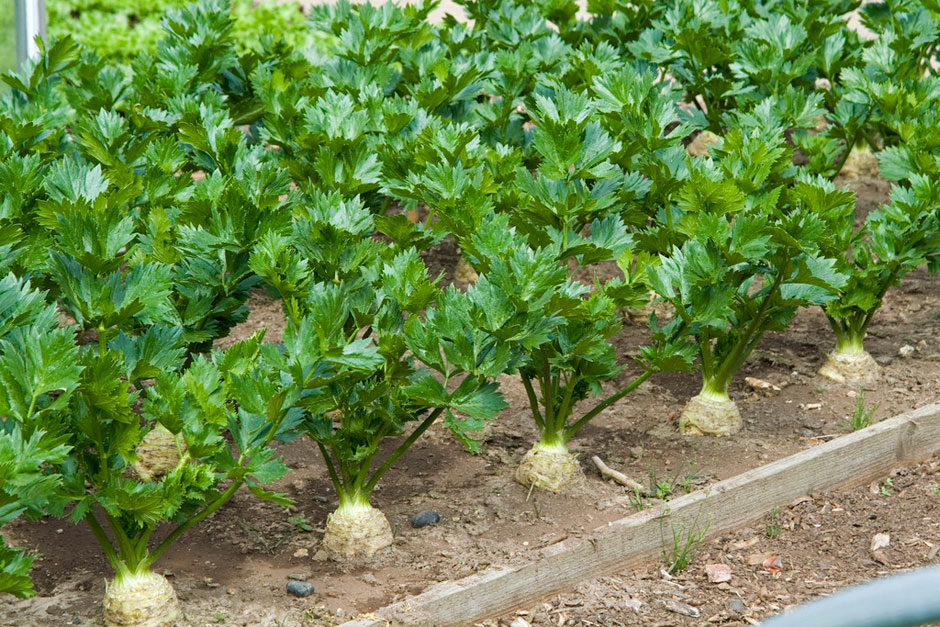
Celeriac
Sea Beans
Sea Beans are one of the few natural veggies from the United States that made our list, and for good reason. Sea Beans, also known as salicornia, are beans that can tolerate salt water as they grow which is why you’ll find them near tidewater locations. Sea Beans have become hugely popular in France and the fine cuisine world is starting to utilize them as well. The tastiest way to add this green little treat to your meal is to steam them in a pan before coating them in some organic butter and a little bit of seasoning. You’ll have the crisp snapping of a string bean with the smooth flavor that the salicornia can offer you. While lighter fare, the Sea Bean can be added to any number of dishes as either an accouterments or a true topping. While Sea Beans may not be all the rage in America yet, you can find them all over Europe in some of the finer dining establishments.
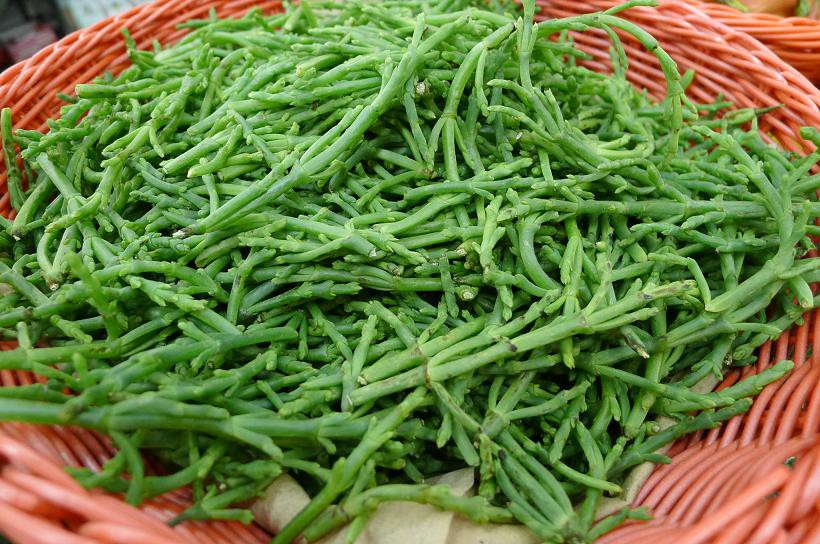
Sea Beans
Sunchoke
The Sunchoke is a curious little root veggie that makes its way onto our list from North America. Though the Sunchoke is sometimes known as the Jerusalem Artichoke it actually bares no relation or resemblance to anything from that area of the planet and it is also not used there as far as we know. This is another root veggie that is commonly used as a substitute for potato fans who want a low starch option. The Sunchoke is so easy to grow that we are surprised with its lack of popularity in the United States. Curious alcohol fans have also taken to using the Sunchoke as a fermenting option in replacement of the more common sugar beets. We’ve heard that the Sunchoke gives a high quality, cleaner fermentation which increases both the flavor and quality of the ensuing alcohol.
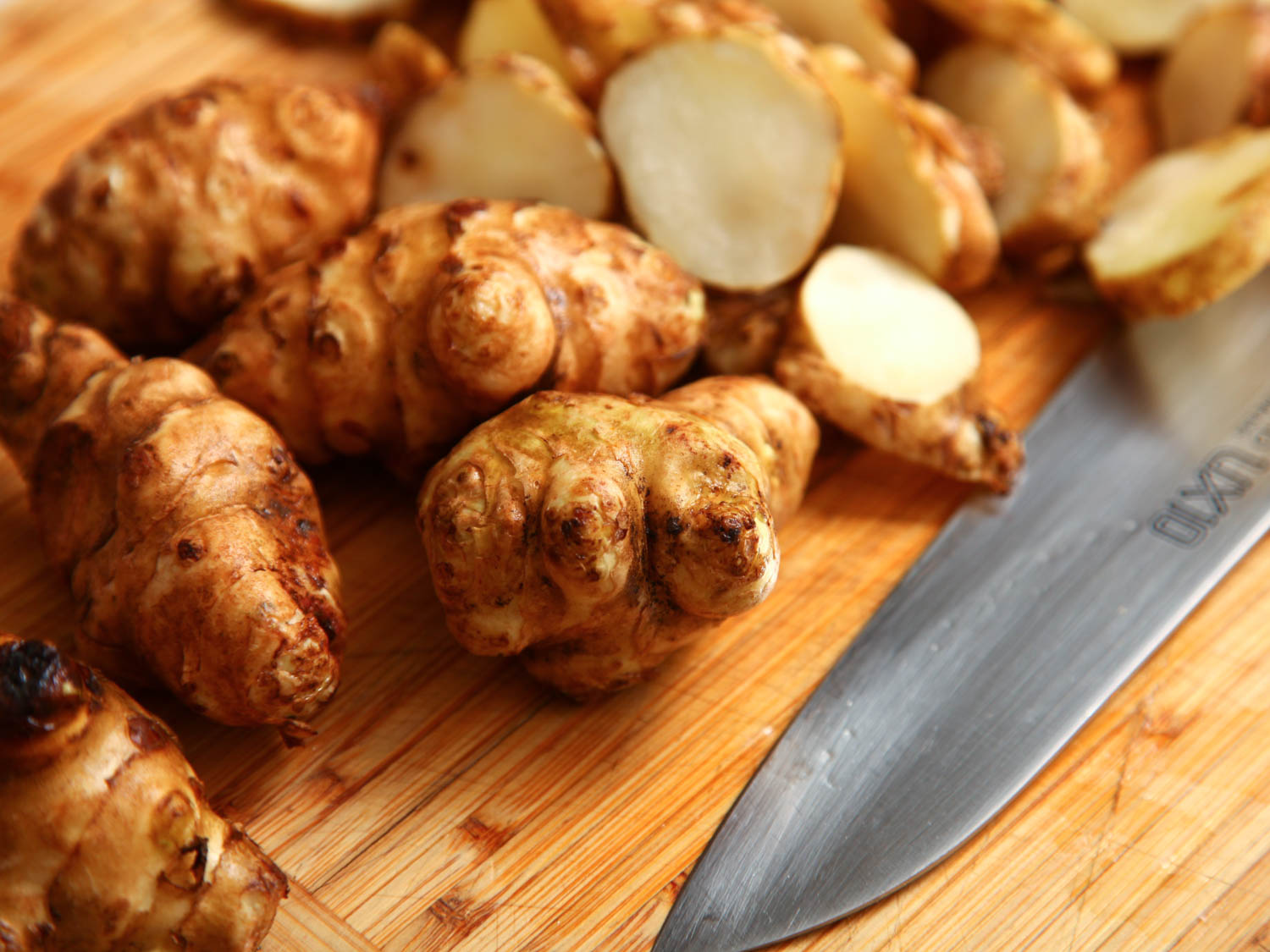
Sunchoke
Samphire
We have to applaud whoever it was that first came across the Samphire which is also known as the sea asparagus. The Samphire is a sturdy, rugged, and hardy little veggie that makes its way up through the rocky land in coastal areas. You’ll typically find the Samphire near the ocean in salty laden areas. Looking like tiny asparagus, or cacti, the Samphire can be collected and cooked as a veggie complement to various seafood dishes. Across the pond in the U.K. people have been pickling the Samphire and adding it to their salads as a boost of both flavor and nutrition. There is also an investigation into the possibility of using Samphire as a potential source of clean fuel. Yeah, you can’t make this up!
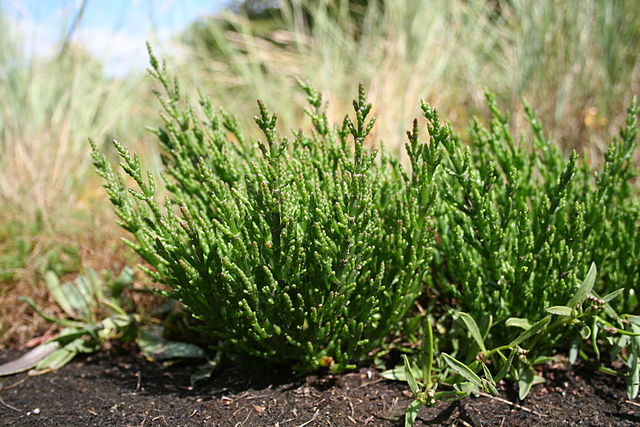
Samphire
Radicchio Variegato Di Castelfranco
Alright, we’re going to have a hard time repeating this name very often. What we have here is a type of leafy vegetable that looks like a flower covered in blood. It isn’t exactly beautiful but the Castelfranco is definitely striking. As you would expect, this leafy veggie is quite bitter and it has become increasingly popular as an additional element to salads. Most commonly found in Italy, this kind of Radicchio has made its way around the globe for consumers who want some finer Italian vegetables to add to their homemade dishes. You won’t find it in the local Piggly Wiggly, that’s for sure.
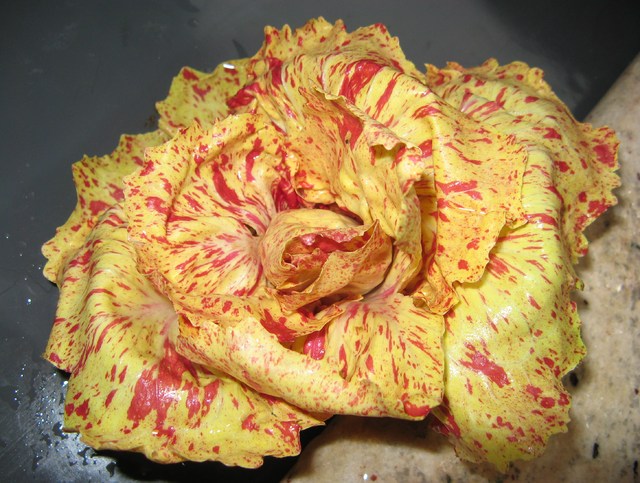
Radicchio Variegato Di Castelfranco








